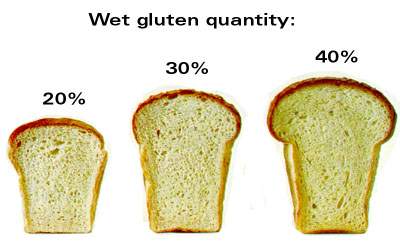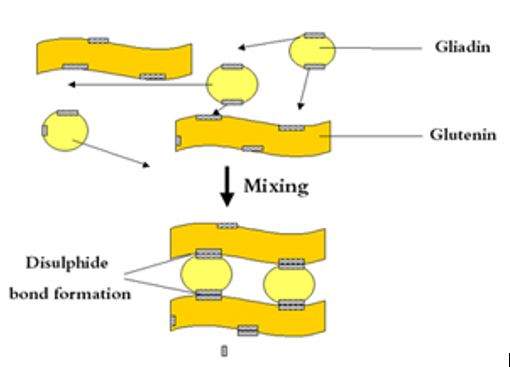
The world standard for gluten quantity and quality determination. When baking bread and producing noodles or pasta, the flour gluten content and strength will determine the quality of the finished product. The Perten Glutomatic® System is the world standard for determination of gluten quantity and quality.
false falsePlease enter valid quantity
Please log in to add favorites.
NULL OR EMPTY CART

The effect of gluten quantity and quality in the flour used for breads, cookies, crackers and pasta is dramatic. In the photo of bread loafs above it is clear that the wet gluten quantity of the flour strongly influences bread volume. Using the Perten Glutomatic System you will be able to determine the baking quality of wheat and flour.
The Perten Glutomatic System consists of:
Features and Benefits
The Perten Glutomatic System is used worldwide by thousands of grain traders, flour millers, breeders and pasta/noodle manufacturers, who benefit from its features.
Applications
The quality of dough-based products such as breads, pasta or noodles is highly dependent on the gluten quantity and quality of the flour. This means that everyone in the wheat chain, from breeder to baker, benefit from analyzing and controlling gluten properties with the Perten Glutomatic System.
As baking quality is both related to starch and protein characteristics, a combination of the results from the Perten Falling Number® and Perten Glutomatic tests can be used to predict the baking quality. With the Gluten quality and quantity information at hand, bakeries are able to use the most cost effective grade of flour while still meeting end user quality. Maximizing the use of high quality flour and minimizing addition of expensive vital gluten results in substantial savings.
About gluten
Gluten is the functional component of protein and determines many dough and processing characteristics of wheat and wheat flour.
Gluten consists of the two proteins "Glutenin" and "Gliadin". It is not until a dough has been made that they actually form gluten. This is why it is not possible to determine gluten in wheat without actually making a dough. Flour, water and the energy from the kneading are all needed for gluten to form. A disulphide bond is then created between the glutenin and the gliadin as illustrated in the picture below.

The protein content is a purely quantitative analysis that may or may not be indicative of protein quality. While gluten content and protein content are correlated, there are situations during which protein content will not be indicative of quality. These situations include:
It is under these conditions when the reported protein content is not indicative of quality that another set of tests is required. The Perten Glutomatic system is designed to measure protein quality for the following parameters:
Specifications
General
Analysis
Recommended accessories
Laboratory Mill 3100 or 120. For Rapid and convenient grinding of whole wheat to wheat meal.
| Research Areas | Food & Agriculture |
|---|
Wheat and flour quality information is used by the milling, baking and pasta industries to produce cost effective, fit-for-purpose products. Gluten contributes to dough characteristics and influences end-product quality. Its content and quality are equally important considerations for suitability of ...
Test functional and compositional properties of wheat so you know what to buy, how best to mill it and how the flour will perform at that bakery.
Perten Gluten Index method is the world standard test for gluten quality and quantity in flour, wheat, durum and semolina. The method is also used for quality control during vital wheat gluten production.